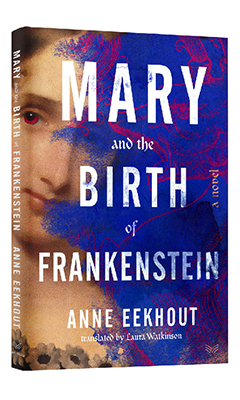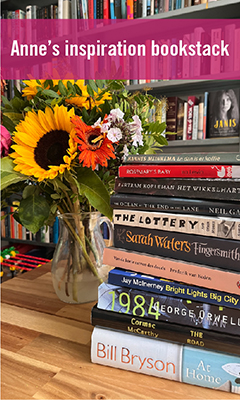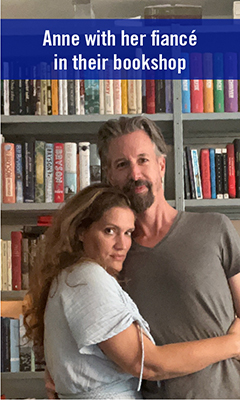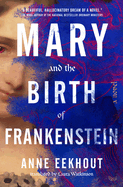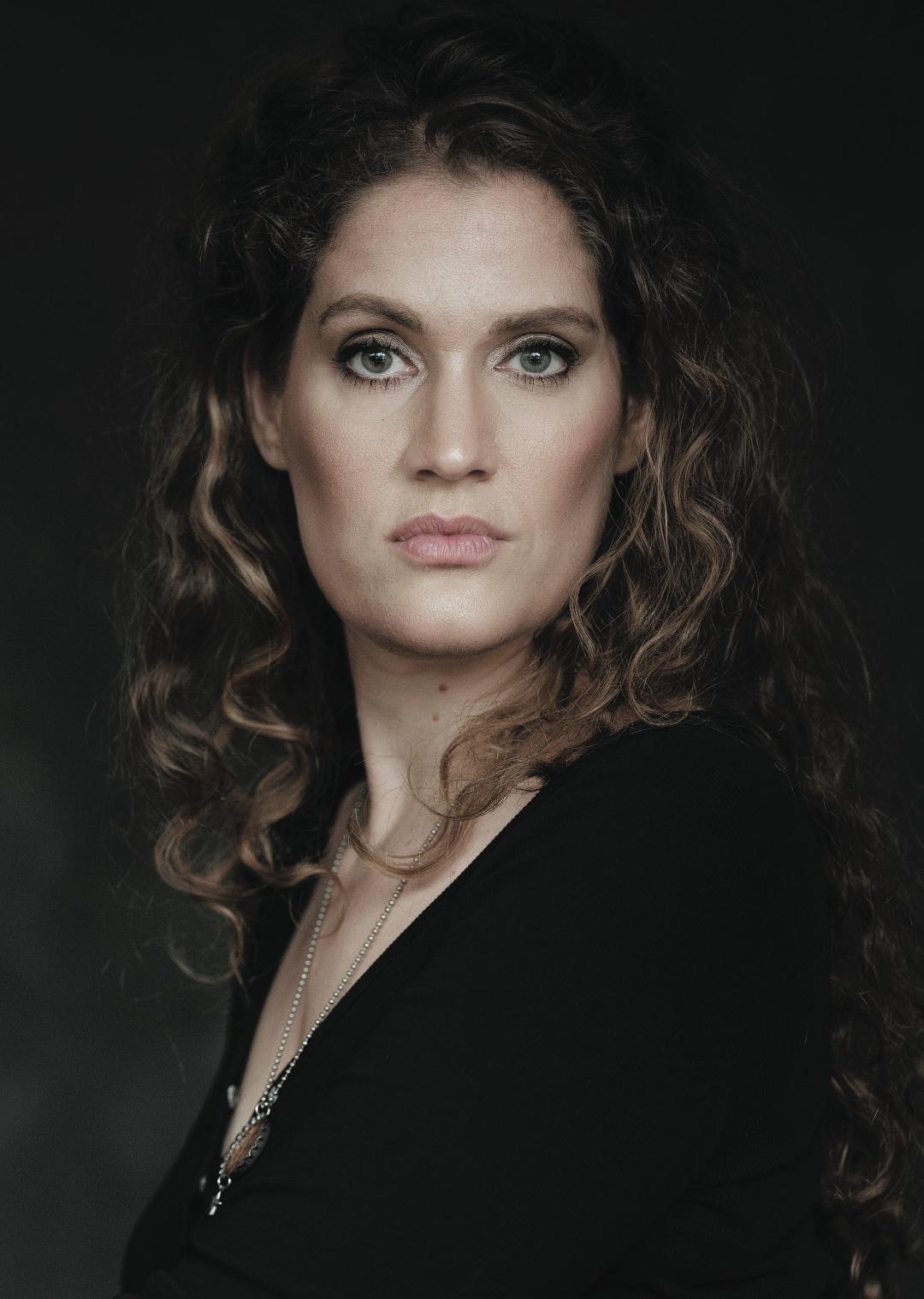Mary and the Birth of Frankenstein
by Anne Eekhout
Dutch author Anne Eekhout's fourth novel and English-language debut, Mary and the Birth of Frankenstein, is an evocative re-creation of two momentous periods in author Mary Shelley's life that led--directly or indirectly--to the composition of her 1818 masterpiece. Drawing parallels between the creative process and motherhood, and presenting a credibly queer slant on history, Eekhout's book is full of eerie encounters and mysterious phenomena that replicate the gothic science fiction tone of Frankenstein itself. The novel stands out for its creative engagement with a classic and its feminist reimagining of the past through the lens of motherhood.
Mary Shelley (1797–1851) was an inheritor of great literary gifts but also much sadness. She was the daughter of two influential 18th-century writers, philosopher William Godwin and early feminist Mary Wollstonecraft, but her mother died giving birth to her. Mary Shelley would go on to lose multiple children herself, including her first daughter, who was born prematurely.
In the novel's 1816 story line, 19-year-old Mary and her lover, Percy Bysshe Shelley, are in Cologny, on Lake Geneva, visiting the poet Lord Byron (nicknamed "Albe") along with their baby son, William; Mary's stepsister, Claire, an occasional lover of both Percy and Albe; and Albe's friend John Polidori, a doctor. They go for walks and convene for evening storytelling sessions. They read aloud from an anthology of French ghost stories, but Albe suggests that they should each write their own tale. "Whoever writes the most frightening story wins," Percy agrees. Albe chimes in: "Mary can do it too. Surprise us, Mary."
Those two weeks in Switzerland were dark and stormy, literally, and famously so, creating the perfect atmosphere for swapping ghost stories. Mary had a deep well of grief and fear to draw upon in crafting her own contribution. From the first, it is clear that the loss of her daughter still haunts her: "Every night she dies, her daughter. She discovers it only in the morning.... But she knows it must have happened at this hour, the witching hour." Throughout the novel, birth appears as a traumatic reality--but also as a metaphor for the fraught process of bringing an idea or a book into the world.
Through the alternating 1812 strand, Eekhout posits earlier inspiration for Mary's science fiction-meets-horror plot. It is known that she stayed in Dundee, Scotland, as a guest of the Baxter family when she was 15, but the details of her visit are lost to time. By way of a fictional diary, Eekhout has Mary inform readers of the major events of those months, as well as her state of mind. Mary is immediately attracted to the Baxters' 17-year-old daughter, Isabella. "Her smile, the way she tilted her head, her mouth curled up at the corner, made me forget all good sense.... [S]he laid her head on my shoulder. Warm and heavy. I smelled her soap, and a longing sang through my body. Like a glowing knife ripping me open from my heart to my lower belly in the most loving way." The erotic charge between the two intensifies.
Analogous with the 1816 timeline, Mary and Isabella's days are mostly taken up with walks, visits, conversation, and storytelling. The Baxter clan, too, loves spooky tales. Isabella is obsessed with the local history of witches and their persecution, having learned that she is descended from a woman accused of witchcraft and burned at the stake. The first tale Mary tells, an uncanny one of metamorphosis and mermaids, is based on an encounter with a fishwife in the town and earns her rapturous applause: "I was proud of myself for inventing something that gave people pleasure. I had taken something from real life and twisted it and spun it out until there was more to it than had really happened. Until it was more than the truth."
The truth becomes difficult to decipher over the course of Mary's diary entries. She and Isabella are falling in love via their daily escapades, but they are also subject to gaslighting by Isabella's sinister brother-in-law, Mr. Booth, and to mental stresses. Isabella is bitten by an adder, and together they see an ape-like creature. There is fever in the household; Mary faints and later falls from a horse and suffers a concussion. The fear of snakes leads to hallucinations that center around Mr. Booth, who Mary thinks has designs on Isabella. Jealousy, illness, nightmares, and fantasies meet in a delicious welter, and culminate with a scene hypothesizing how Mary's diary from that time might have been lost.
Eekhout hints that the real monsters are within, borne by memory and the mind. The general unease and specific phobias of her stay with the Baxters lived on inside Mary, only to resurface in Cologny: "It is her monster, this monster. She has always carried it with her. She carries it under her bosom, keeping it warm, keeping it wild." Mary's experience of infant loss makes that figurative language even more poignant.
The novel maintains the tension between the tangible and the elusive. The terror of the unexplained--what did Mary and Isabella really see?--is palpable. Translator Laura Watkinson's collaboration has produced sensual prose and preserved a varied sentence length, which, together with the alternation of tenses and of first- and third-person narration, make the pages turn quickly as readers explore how life becomes legend--and vice versa. --Rebecca Foster



